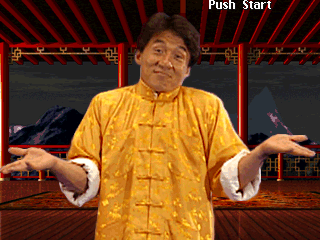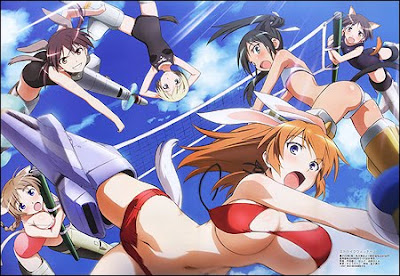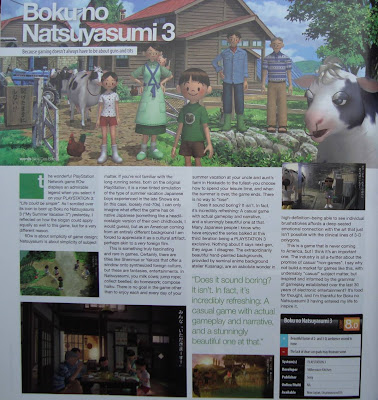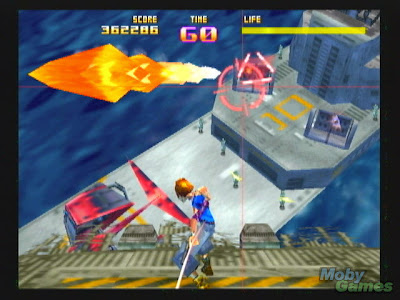
Did you know there are over fifteen video games starring legendary kung fu action star
Jackie Chan? I sure didn't, until I read this article, which is full of lots of curiosities, and at least two Mortal Kombat rip-off games with silly digitized graphics. On another note, I bought myself a Japanese Xbox 360, mostly to play more of the decidedly mediocre Otomedius. Of course, a month or so later and it's apparently being localized, but I decided to try to get my money's worth covering
Ketsui, a Cave bullet hell shooter with a near-legendary reputation. Also up is a brief review of
Aquales, a mecha side-scroller for the X68000 with some cool swinging mechanics. On the adventure game side, I played through both
Laura Bow Mysteries, The Colonel's Bequest and The Dagger of Amon Ra, in addition to its spiritual predecessor, Mystery House, the very first text adventure to use graphics. A few months ago I was also covering some of Legend's games and stopped for a bit - I picked up with
Mission Critical, which is part well written sci-fi story and part tedious spaceship repairman sim.<
We're playing catch up with updating old articles. There's still a lot of work to be done, but in the meantime, check out review for
Ace Attorney Investigations,
the new Rocket Knight game, and
Elevator Action: Death Parade.
We're also announcing a couple of new stuff outside of the normal articles. First up is a brand new section called
Games of the World, which catalogues various articles, both written by HG101 staff and others, about the gaming scene outside of North America, Europe and Japan, places which are already well covered around the English speaking Internet. Do you live in an exotic part of the world and want to talk about games there? Then feel free to
contribute! Pictures and videos welcome, of course! Also up is
The Life and Times of Jeremy Blaustein, an extensive look at the career of the man who is most known for localized Metal Gear Solid, but also worked on other games like Snatcher, Valkyrie Profile, and Shenmue.
















































